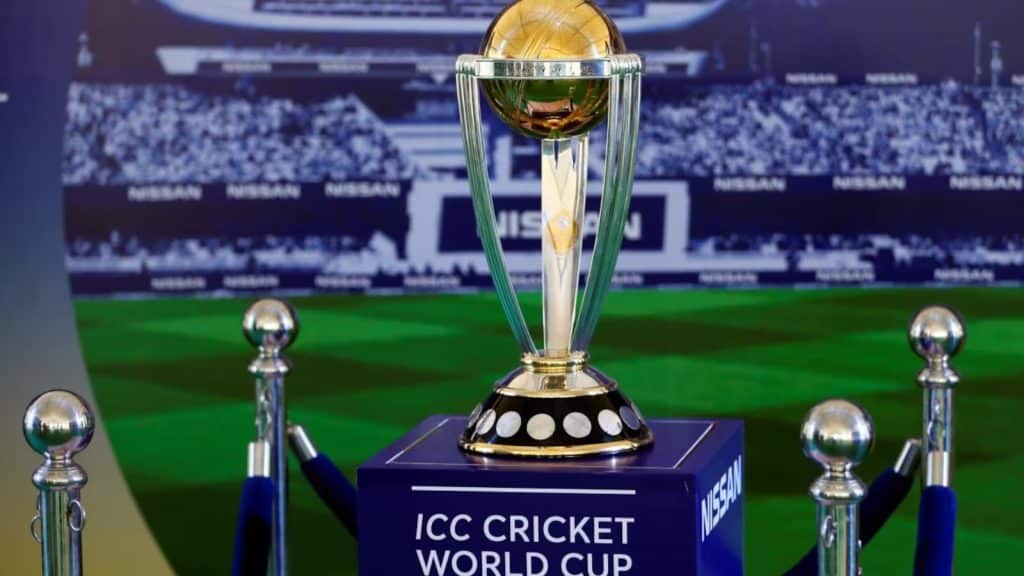The ICC Cricket World Cup is not just a sporting spectacle; it’s a global phenomenon that transcends boundaries and brings together millions of cricket enthusiasts from around the world. Beyond the on-field action, the tournament is a massive financial juggernaut that rakes in billions of dollars. As we eagerly await the ICC Cricket World Cup 2023, one burning question arises: How much money will this edition of the World Cup generate? Will it cross the billion-dollar mark or surpass the astounding financial figures of previous tournaments?

The Financial Dynamics of a Global Sporting Event
Organizing an event of the magnitude of the Cricket World Cup entails significant expenses, including venue preparations, security, logistics, player compensation, and promotional campaigns. These costs often run into hundreds of millions of dollars. To cover these expenses and generate substantial profits, various revenue streams come into play.
1. Broadcasting Rights: The lion’s share of revenue comes from selling broadcasting rights to TV networks and digital platforms. Major networks compete fiercely for the rights to broadcast live matches, often resulting in staggering deals.
2. Sponsorships and Advertising: Official sponsors and advertisers clamor to associate their brands with the World Cup. Their financial contributions, combined with extensive marketing campaigns, create a significant revenue stream.
3. Ticket Sales: Ticket sales for matches held in stadiums are another substantial income source. The number of matches, venue capacities, and ticket pricing all play a role in determining this figure.
4. Merchandise: Official merchandise, including team jerseys, cricket equipment, and collectibles, flies off the shelves, bolstering revenue.
5. Licensing and Franchising: Licensing deals for World Cup merchandise and franchising rights for gaming and merchandise outlets contribute to the financial pie.
6. Digital and Streaming Rights: In the digital age, streaming rights are invaluable. Digital platforms bid for exclusive streaming rights, extending the reach of the World Cup.
7. Hospitality and Corporate Packages: Premium hospitality packages and corporate suites offer exclusive match experiences, attracting high-paying corporate clients.
Also Read: Shreyas Iyer Out of ICC ODI World Cup 2023 – SourcesThe Billion-Dollar Question
The ICC Cricket World Cup is no stranger to astronomical financial figures. The 2019 edition, hosted by England and Wales, reportedly generated approximately $1.1 billion in revenue. This staggering sum encompassed broadcasting deals, sponsorships, and ticket sales. The 2023 World Cup aspires to surpass this financial benchmark. Several factors contribute to this ambition:
1. High-Stake Matches: The competitive nature of the tournament, including marquee clashes like India vs. Pakistan, can attract massive viewership, translating into higher broadcasting revenues.
2. Competitive Matches: The quality of cricket, closely contested matches, and iconic rivalries can keep fans glued to their screens, increasing viewership numbers and advertising revenue.
3. Vibrant Sponsorships: Major global brands recognize the marketing potential of the Cricket World Cup. They are willing to invest heavily in sponsorships, contributing significantly to revenue.
4. Pandemic-Induced Appetite: The COVID-19 pandemic has underscored the importance of live sports. The hunger for sporting events has surged, potentially boosting viewership.
5. Digital Streaming: The rise of digital streaming platforms has made the World Cup more accessible globally, enabling a more extensive fan engagement and potentially attracting new sponsors.
6. Marketing and Promotion: Effective marketing campaigns and promotional activities can raise awareness and anticipation for the tournament, driving up revenues from various sources.
As we eagerly anticipate the ICC Cricket World Cup 2023, the prospect of it generating a billion dollars or more is a tantalizing one. The financial dynamics of global sporting events, combined with the universal appeal of cricket, paint a promising picture. If all the pieces fall into place—competitive matches, widespread viewership, lucrative broadcasting deals, and enthusiastic sponsorship—the billion-dollar milestone could be well within reach.
The ICC Cricket World Cup is not merely a sporting event; it’s an economic powerhouse that leaves a lasting impact on the world of cricket and global sports. The financial legacy of this tournament extends beyond the boundary ropes, shaping the future of the sport and setting new benchmarks for sporting extravaganzas.

